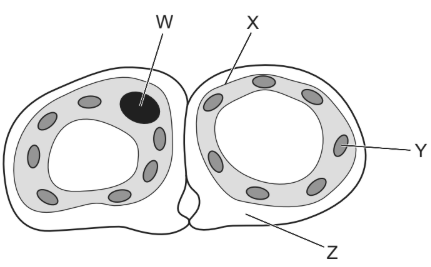Which of the following orders would be correct showing the size of structures from biggest to smallest?
chromosome → red blood cell → stomach → gene → nucleus
stomach → red blood cell → gene → chromosome
stomach → red blood cell → nucleus → chromosome → gene
gene → chromosome → red blood cell → stomach
Did this page help you?











